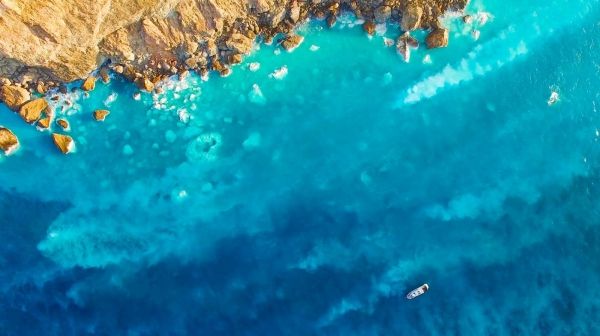The volcanic island of Kueishantao in northeastern Taiwan is an extreme habitat for marine organisms. With an active volcano, the coastal area has a unique hydrothermal field with a multitude of hot springs and volcanic gases. The acidity of the study area was among the highest in the world. The easily accessible shallow water around the volcanic island therefore represents an ideal research environment for investigating the adaptability of marine organisms, some of which are highly specialised, such as crabs, to highly acidified and toxic seawater.
For about ten years, marine researchers from the Institute of Geosciences at Kiel University (CAU), together with their Chinese and Taiwanese partners from Zhejiang University in Hangzhou and the National Taiwan Ocean University in Keelung, regularly collected data on geological, chemical and biological processes when two events disrupted the results of the time series in 2016. First, the island was shaken by an earthquake and hit by the severe tropical typhoon Nepartak only a few weeks later. On the basis of data collected over many years, the researchers from Kiel, China and Taiwan were now able to demonstrate for the first time that biogeochemical processes had changed due to the consequences of the enormous earthquake and typhoon and how different organisms were able to adapt to the changed seawater biogeochemistry in the course of only one year. The first results of the interdisciplinary study, based on extensive data dating back to the 1960s, were recently published in the international journal Nature Scientific Reports.
Continue reading at Kiel University
Image via Kiel University


